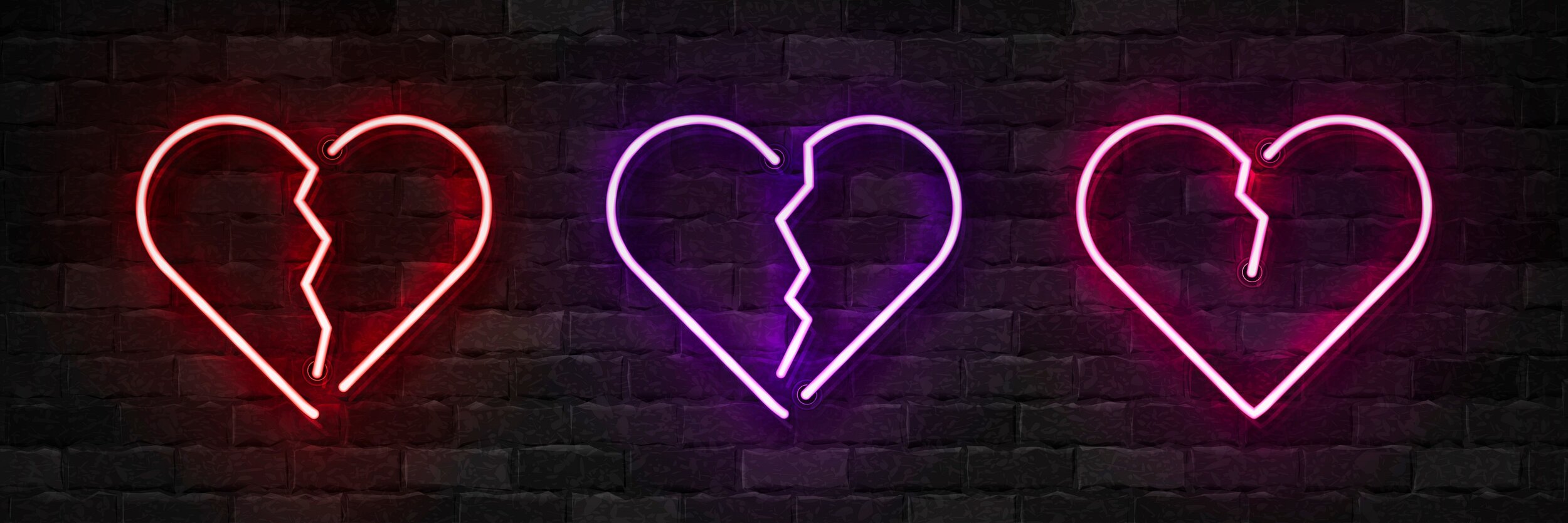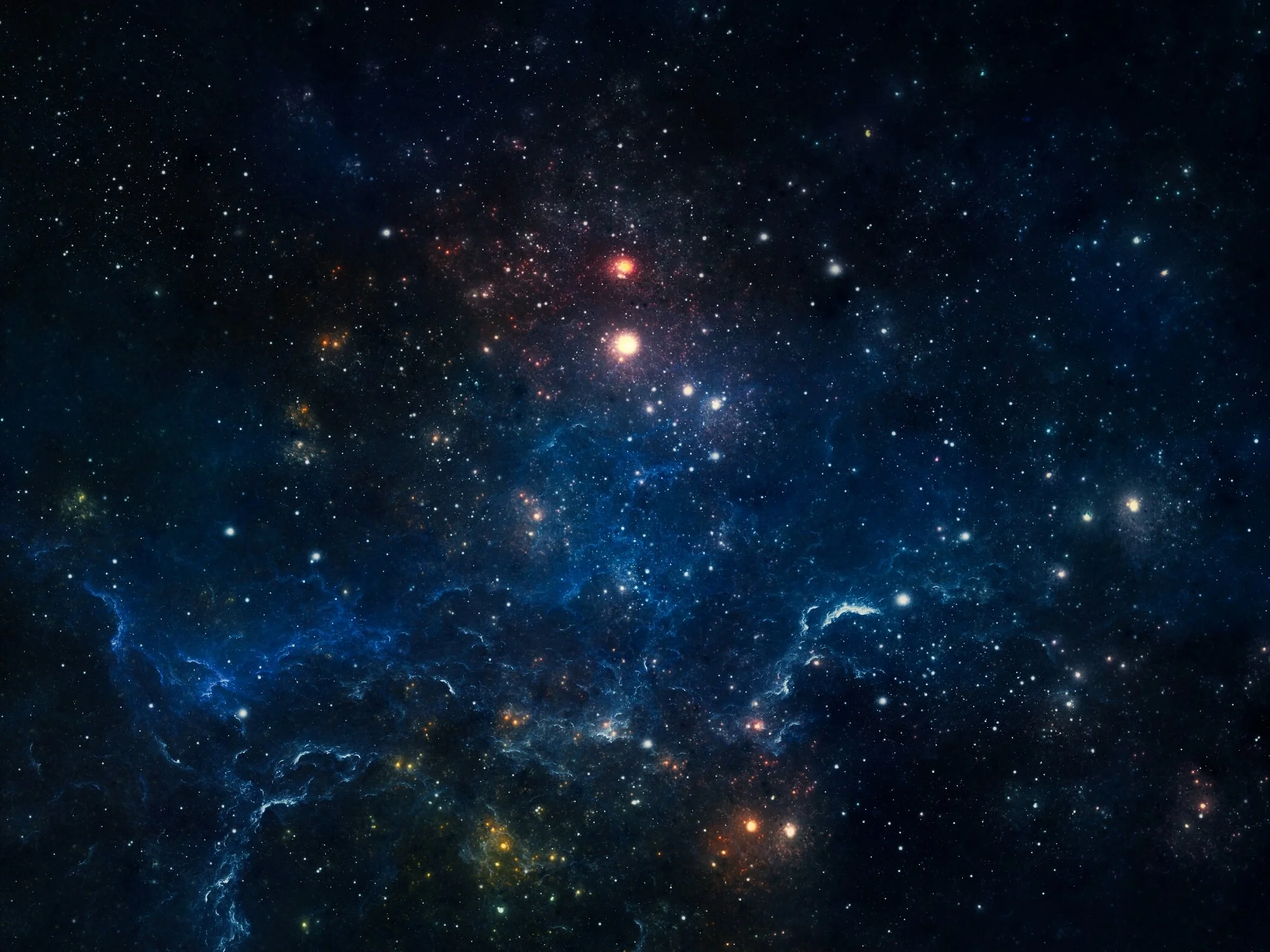Science fiction movies about aliens threatening the Earth routinely ascribe them the motive of coming here to steal our resources, most often our water. This is ill thought-out, as water is actually extremely common. Any civilisation coming to our solar system in need of water (either to drink or to make rocket fuel) would be foolish to plunge all the way inwards to the Earth, from where they’d have to haul their booty back against the pull of the sun’s gravity.
Explainer: what are fundamental particles?
It is often claimed that the Ancient Greeks were the first to identify objects that have no size, yet are able to build up the world around us through their interactions. And as we are able to observe the world in tinier and tinier detail through microscopes of increasing power, it is natural to wonder what these objects are made of.
Is glass a solid or a liquid?
We want to build tiny backpacks for bees – here’s why
An exciting attempt to help honey bees has come about thanks to an unlikely intellectual marriage. One of us is an ecologist who wants to keep an eye on individual bees over their entire two to three-mile range and monitor their behaviour. The other is an expert in micro-electronics. Together, we want to develop miniature bee “backpacks” that will power tracking devices by harvesting the energy honey bees generate while flying and visiting flowers.
Can Christmas tree lights really play havoc with your Wi-Fi?
Explainer: why is the night sky black?
Explainer: why is it so hard to lose weight?
Why wine raises tricky problems for tackling excess drinking
Is it time to cut down? East Dunbartonshire, a local authority just north of Glasgow in Scotland, is launching a simple initiative to encourage people to drink less. One hundred licensed premises have agreed to ensure that they offer wine in small 125ml glasses alongside their medium (175ml) and large (250ml) measures, taking us back to the days when this quantity was the standard measure that was on sale.
Einstein’s folly: how the search for a unified theory stumped him to his dying day
Fact or fiction: can we die from a broken heart?
Dying of a broken heart is more than a myth. Takotsubo cardiomyopathy (also known as broken heart syndrome) is a condition first recognised by Japanese researchers more than 20 years ago, and it has gained a great deal of attention in Western countries in the past ten years.
Explainer: what are E numbers and should you avoid them in your diet
Six things you can do with coffee – after you’ve finished drinking it
Many of us depend on coffee to fuel our early morning meetings, mid-afternoon slumps or all-night study sessions. These days, the words “coffee” and “fuel” are half-jokingly synonymous. More than 9m tonnes of the bean are produced annually around the world and, once we brew it, an awful lot of waste is created. The vast majority ends up in landfill.
How to solve a Rubik’s cube in five seconds
The art and beauty of general relativity
Slightly more than one hundred years ago this month, an obscure German physicist named Albert Einstein presented to the Prussian Academy of Science his General Theory of Relativity. Nothing prior had prepared scientists for such a radical re-envisioning of the foundations of reality. Encoded in a set of neat compact equations was the idea that our universe is constructed from a sort of magical mesh, now known as “spacetime”. According to the theory, the structure of this mesh would be revealed in the bending of light around distant stars.
Explainer: is it really OK to eat food that’s fallen on the floor?
When you drop a piece of food on the floor, is it really OK to eat if you pick up within five seconds? This urban food myth contends that if food spends just a few seconds on the floor, dirt and germs won’t have much of a chance to contaminate it. Research in my lab has focused on how food and food contact surfaces become contaminated, and we’ve done some work on this particular piece of wisdom.
Is double-dipping a food safety problem or just a nasty habit?
What do you do when you are left with half a chip in your hand after dipping? Admit it, you’ve wondered whether it’s OK to double dip the chip. Maybe you’re the sort who dips their chip only once. Maybe you look around the room before loading your half-eaten chip with a bit more dip, hoping that no one will notice.
How Einstein’s general theory of relativity killed off common-sense physics
Gravity ties our bodies to planet Earth but it does not define the limits of the soaring human mind. In November 1915 – exactly one century ago – this was proven to be true when Albert Einstein, in a series of lectures at the Prussian Academy of Sciences, presented a theory that would revolutionise how we view gravity – and physics itself.
GI diets don’t work – gut bacteria and dark chocolate are a better bet for losing weight
The mainstays of most of the diet regimens of the last 30 years have been the GI (glycaemic index) rating score as well as its cousin the glycaemic load. Famous best-selling diet books such as the G-Plan Diet, the South Beach diet all used the index in some way and changed the way we thought about carbohydrates. Now a detailed new study published in Cell pays this score – and how we use it – some closer scrutiny.












